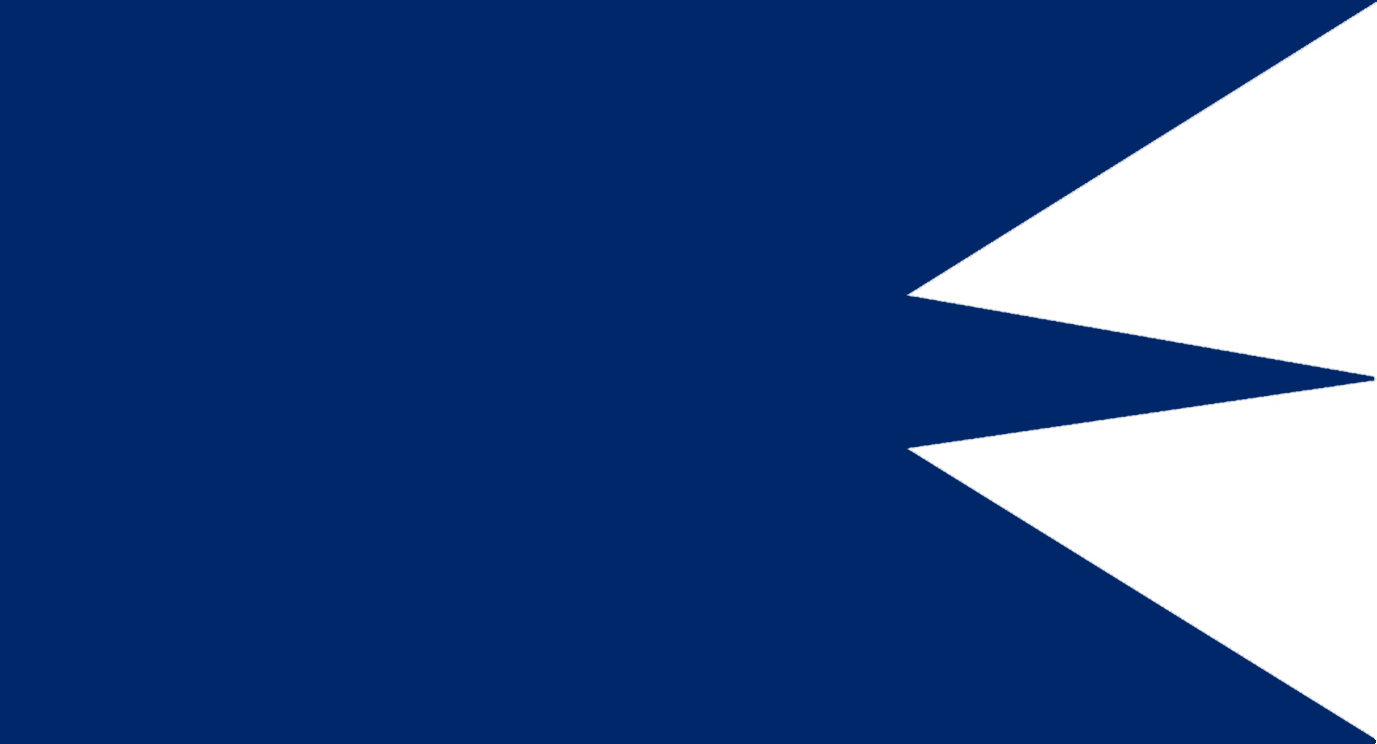The army and the navy
With the peace Treaty of Nystad, the former strategy of Swedish border defense had to be revised as the large fortified towns in east Finland and in the Baltic fell in Russian hands. There was now a need for an archipelago fleet that together with the army could defend the Gulf of Finland. During the war of 1741-43 the efforts of the archipelago fleet were insignificant. There were several reasons, but one of the most important was the archipelago fleet had difficulty coordinating its operations with the army.

The Archiepelago fleet is separated
After the war the parlamentarist and military officer Augustin Ehrensvärd, became the foremost protector and developer of the Archipelago fleet. Ehrensvärd made suggestions to fortify the harbor entrance at Helsingfors and the parliament acted on his advice and the building of Sveaborg was initiated in 1748, as well as the fortification at Svartholm island outside Lovisa. The Archipelago Fleet was also enlarged with 44 new galleys being built between 1748-1749. These were separated in to a Swedish- and a Finnish Squadron at Stockholm and Sveborg. In 1756 the Archipelago Fleet was separated from the Admiralty and became part of the army. At this time it was also called the “army fleet”. Augustin Ehrensvärd became the leader if this new organization and developed the fleet in to a separate branch within the mility, complete with a separate officers´ training program.

The Navy Rote provides the men
The crew was made up of boatswains and volunteers. Together they constituted about 6,000 men and an additional 20,000 men from the army served as rowers. At the time the mayority of all Swedish men at arms served in the navy. In 1756 the Archipelago fleet consisted of 6 frigates, 5 prams, 70 galleys and 4 half-galleys, 10 horse galleys and 4 reconnaissance vessels. The new fleet was assigned its own blue flag which set it apart from the naval fleet. The crew was dressed in a blue and white uniform.

